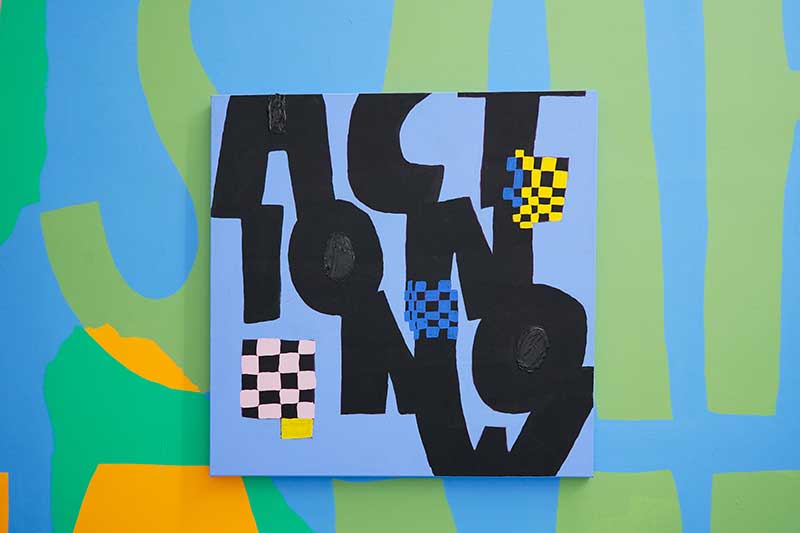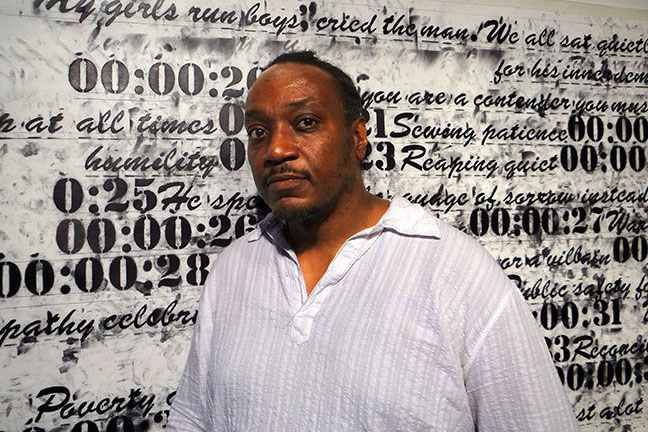Sat April 27th Open 11 AM–5 PM
9 Questions with Yesica Prado
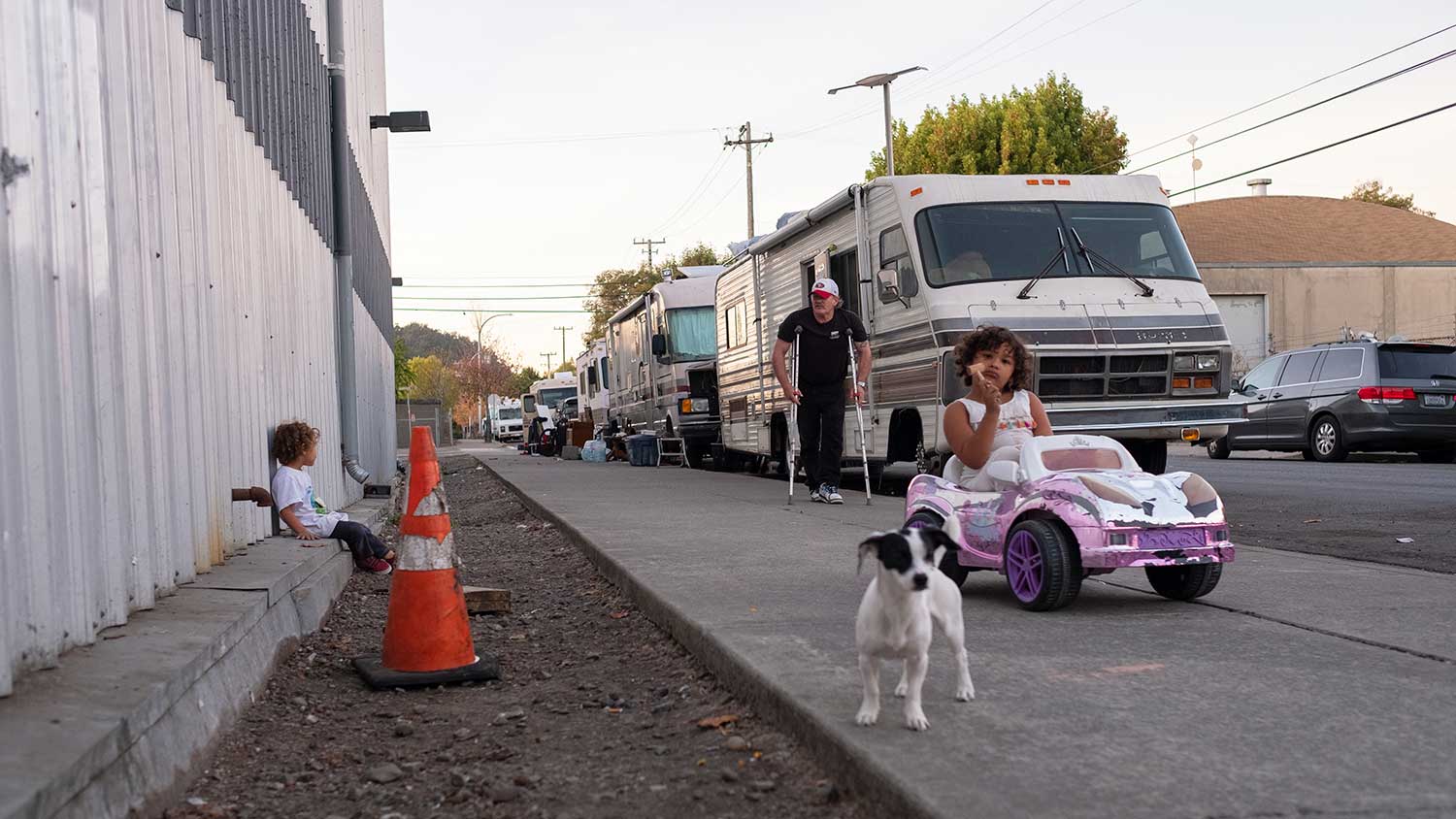
As part of the digital experience Come to Your Census: Who Counts in America? presented under the umbrella of the Art+Action Coalition’s COME TO YOUR CENSUS campaign—powered by San Francisco’s Office of Civic Engagement & Immigrant Affairs (OCEIA)—YBCA and Art+Action have asked participating artists to respond to prompts around activism, community-building, and art, in the format of the Census’ 9 questions.
Yesica Prado is a multimedia journalist and a 2019 inaugural CatchLight Local Fellow. With CatchLight and the San Francisco Public Press, Prado created a long-form visual journalism project looking at how policies affect the daily lives of vehicular residents living in Berkeley and San Francisco. This series, titled Home Is Where Your Heart Is, is featured in Come to Your Census: Who Counts in America?
What is your first experience in seeing/feeling the impact of art + activism?
My first experience feeling the impact of art and activism was through the artwork representing undocumented communities in Chicago. Murals and exhibitions began popping up around town, celebrating every day undocumented working people serving our community: el paletero, el elotero, la tamalera, la mesera, el cocinero, el obrero, el mecanico, el campesino, and many more.
In the Pilsen neighborhood, near my college campus, undocumented students were painted wearing their graduation caps, looking out onto the horizon to a bright future. Mexican historical figures watched over from above the clouds. This mural gave me hope for my own future. Seeing people in our community represented in our city made me feel less afraid of my status and more connected to the people around me.
What makes you feel a deep sense of belonging?
A warm greeting in the morning. A smile. Eye contact when a person speaks to me.
While I have no physical address, the ability to return to my usual parking spot every day beside my fellow neighbors living in vehicles on the outskirts of West Berkeley gives me a sense of belonging. There’s no need to hunt for a place to exist or hide. Every day, my neighbors knock on my door to simply ask how I’m doing or to share meals. We root and care for each other. My community is home.
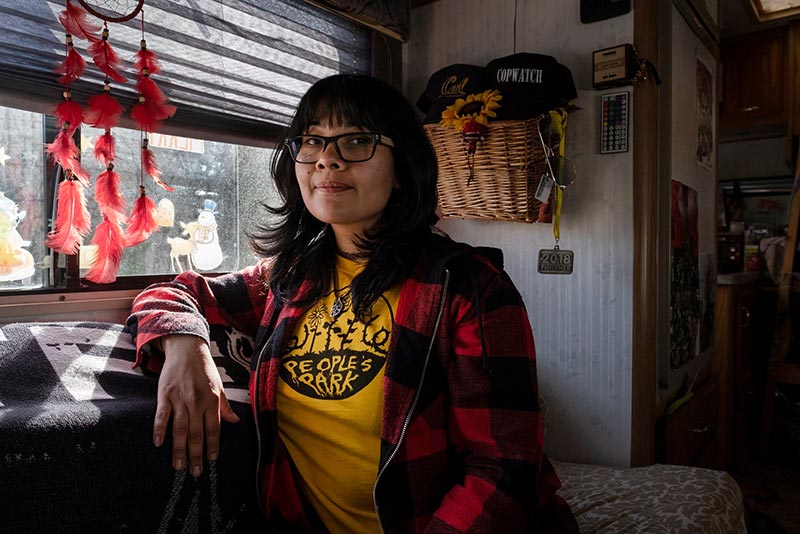
What do you wish for your community?
I wish people would acknowledge and respect my community. I wish people living indoors wouldn’t turn around and avoid eye contact with unsheltered residents living on the streets, but instead smile and say hello. It can make a huge difference in our society, treating people with kindness instead of indifference.
In just the same way, I wish my undocumented community was acknowledged for their hard work in building this country and given a path to access their basic human rights to survive such as healthcare, education, and employment. We all deserve the opportunity to take care of our families.
I wish people would get to know us as neighbors, sharing this place and time on Earth with all of you. Everyone has an opportunity to thrive on this planet, but only when people are given a place to lay down their roots. A place to call home.
Who are the most vulnerable members of your community and how do you support them?
Seniors and residents with disabilities living inside vehicles in disrepair are the most vulnerable in our community. They live on a fixed income and their limited physical abilities prevents them from working or repairing their vehicle. It’s difficult to complete daily life chores.
An additional obstacle vehicle residents face is regular displacement in our cities, moving every three days or so often. Every new parking spot is a search for resources to live, and unfortunately, not everyone is capable of doing this kind of problem solving every single day under dire stress and without breaking any rules.
As a journalist, I cover housing and homelessness in the Bay Area to shed light on the issues facing my community. Currently, this long form project documents the lives of vehicle residents, highlighting their daily obstacles to survive and public policy addressing the rising numbers of this population. The reporting will be delivered through web, print, and community engagement events to spark conversation and action.
As an individual, I support members of my vehicular community by doing anything in my power to help. Whether it is organizing meetings for sharing information on upcoming city council agenda items or sharing electricity, water, or food, I’m happy to be there.
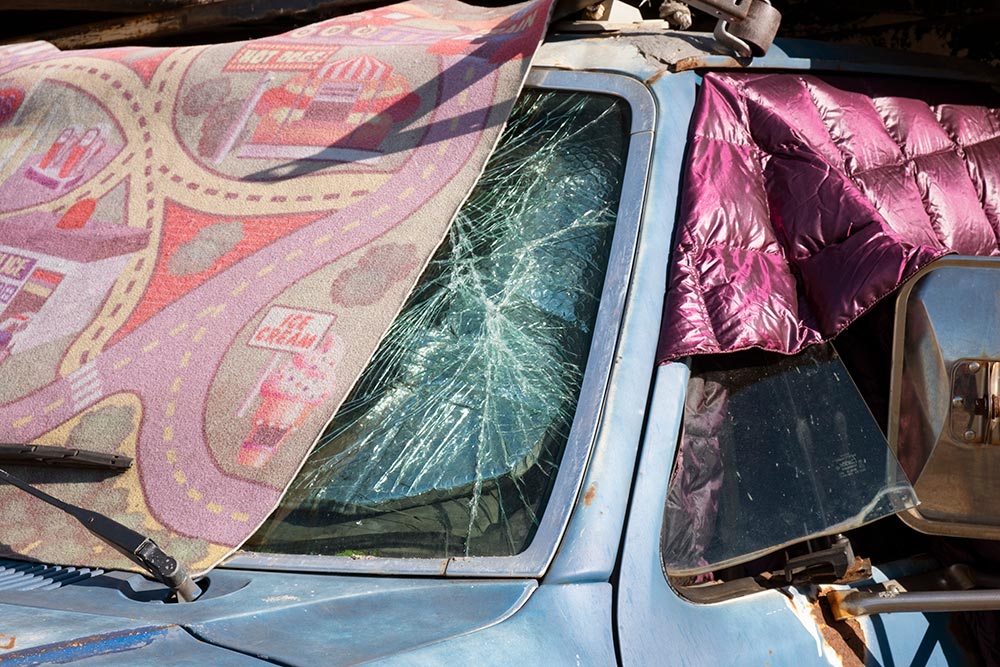
What’s at stake in contemporary art when creating work that pertains to social and political reform?
Art is no longer just personal and it has a great responsibility to communicate truth to the world. It can inspire mobilizations for social change and unite the hearts of thousands of people.
What are some strategies for breaking through political disengagement, distrust or distraction?
Fairness. Empathy. But most importantly, we need to be proactive with our work and bring it to the places that need to hear it. Real human interaction and conversation.
What would push you past your fear?
My mortality. Every day is an opportunity to do good, be your best, and create. Life is a gift.
What is at stake for you and your community by taking the census?
Everything. For decades, undocumented and unsheltered communities have been under represented in our country. There are no accurate counts, which leaves our communities underfunded for services desperately needed for their prosperity. While feelings of fear or shame might keep us from participating, it’s time to change the status quo. Counting every life matters.
What, if anything, is worth fighting for?
Humanity. Earth. Love.
